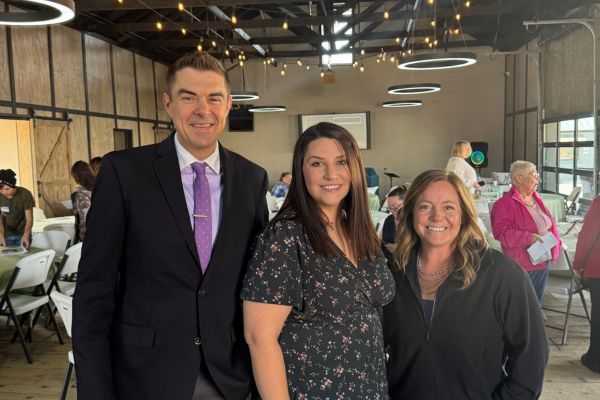1. Ambulatory Services and Care
Any outpatient treatment you receive without being admitted to a hospital, including hospice and home health services, must be covered. Some plans may limit coverage to no more than 45 days. Some examples of outpatient care include blood tests, colonoscopies, chemotherapy, ultrasounds and x-rays.
2. Emergency Service
An emergency service is care that could lead to disability or death if not immediately treated. This often involves an emergency room and/or transport by an ambulance. It doesn’t matter if you are out-of-network because you cannot be penalized for any emergency service.
3. Hospitalization
As a hospital patient, the treatment you receive from doctors, nurses and other hospital staff is covered. Hospital coverage also includes surgeries, transplants and skilled nursing facilities. Some plans may limit your facility coverage to no more than 45 days. However, not all plans cover the majority of hospitalization cost. If you have a high-deductible plan, you may pay more out-of-pocket.
4. Maternity and Newborn Care
Services that women receive throughout their pregnancy, delivery and post-delivery are covered, including care for newborn babies.
5. Mental Health and Substance Abuse
Inpatient and outpatient care to evaluate, diagnose or treat a mental health disorder or substance abuse has applicable coverage. Examples include behavioral health treatment, counseling and psychotherapy. Your health insurance may limit the coverage to a specific amount of days per year.
6. Prescription Drugs
At least one medication for each category and classification of federally-approved drugs must be covered under your health insurance. Some prescription drugs may be excluded or only generic drugs may be covered. When a cheaper and equally effective medicine is available, the insurance may decline coverage. Out-of-pocket drug expenses under the ACA count toward your deductible.
7. Rehabilitation or Habilitation Services and Devices
Rehabilitative services, habilitative services and devices to help you gain or recover mental and physical skills lost to injury are included in coverage. This coverage extends to rehab after a stroke or speech therapy for children. Plans must provide 30 visits each year for speech therapy and 30 visits for cardiac or pulmonary rehab.
8. Lab Services
Lab services include any testing that is done to help a doctor determine an injury or condition. Some screenings, such as mammograms or prostate exams, are provided free of charge. Plans must pay 100 percent of the costs of tests if doctors use them to diagnose an illness.
9. Preventive or Wellness Services and Chronic Disease Support
Care for many chronic conditions such as asthma and diabetes falls under this category. Counseling, physicals, immunizations and cancer screenings are covered under your insurance.
10. Pediatric Services, Including Dental and Vision
Dental and vision services provided to infants and children under 19-years-old are covered by insurance when enrolled. This includes two routine dental exams, one eye exam and corrective lenses each year.
While all qualified plans must offer these ten essential health benefits, the scope of each plan may differ slightly. Pay attention to your premiums and decide what plan is best for you.
If you missed open enrollment, certain qualifying life events (QLE) may make you eligible for a special enrollment period. QLE’s are life-changing events such as job loss, income change, marriage/divorce and birth/adoption of a child to name a few. Nevada Health Link can connect contact a certified broker to see if you qualify for special enrollment. As always, Nevada Health Link is here to answer any of your questions. Email us at CustomerserviceNVHL@exchange.nv.gov.











